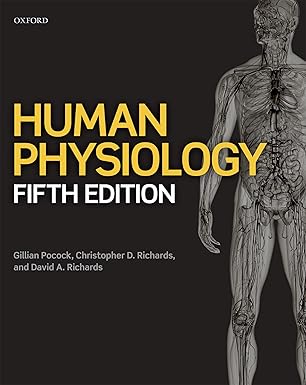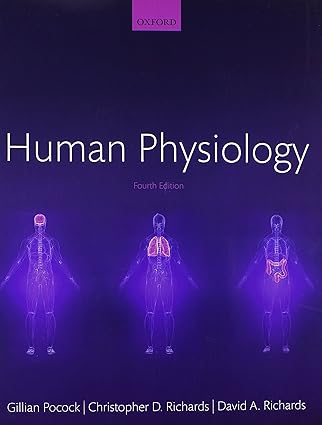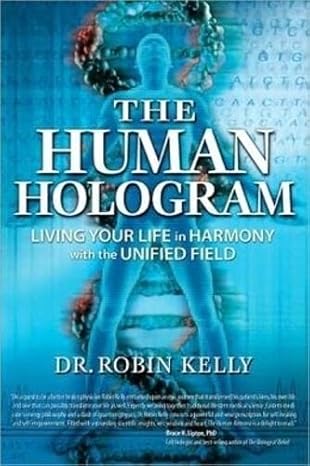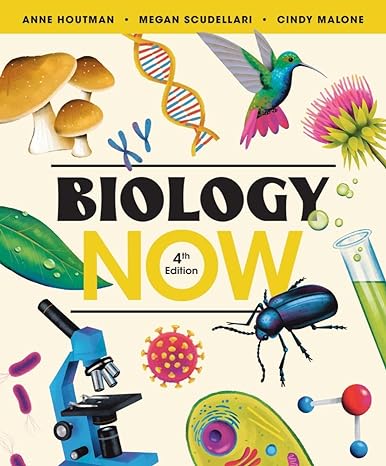دانلود کتاب Microbiology: An Evolving Science (5th Edition) [2020] - Epub + Converted Pdf
Author:
Joan L. Slonczewski
0 (0)
توضیحات کتاب :
A microbiology text as dynamic as the field it represents Striking a perfect balance, the Fifth Edition helps instructors convey exciting research in this rapidly evolving field while also motivating students to learn the fundamentals amid an overwhelming amount of information
سرچ در وردکت | سرچ در گودریدز | سرچ در اب بوکز | سرچ در آمازون | سرچ در گوگل بوک
2,179 بازدید 3 خرید
![Microbiology: An Evolving Science (5th Edition) [2020] - Epub + Converted Pdf Microbiology: An Evolving Science (5th Edition) [2020] - Epub + Converted Pdf](https://dl.libsan.ir/images/1/12/Microbiology_5f619f5c97311.jpg)









